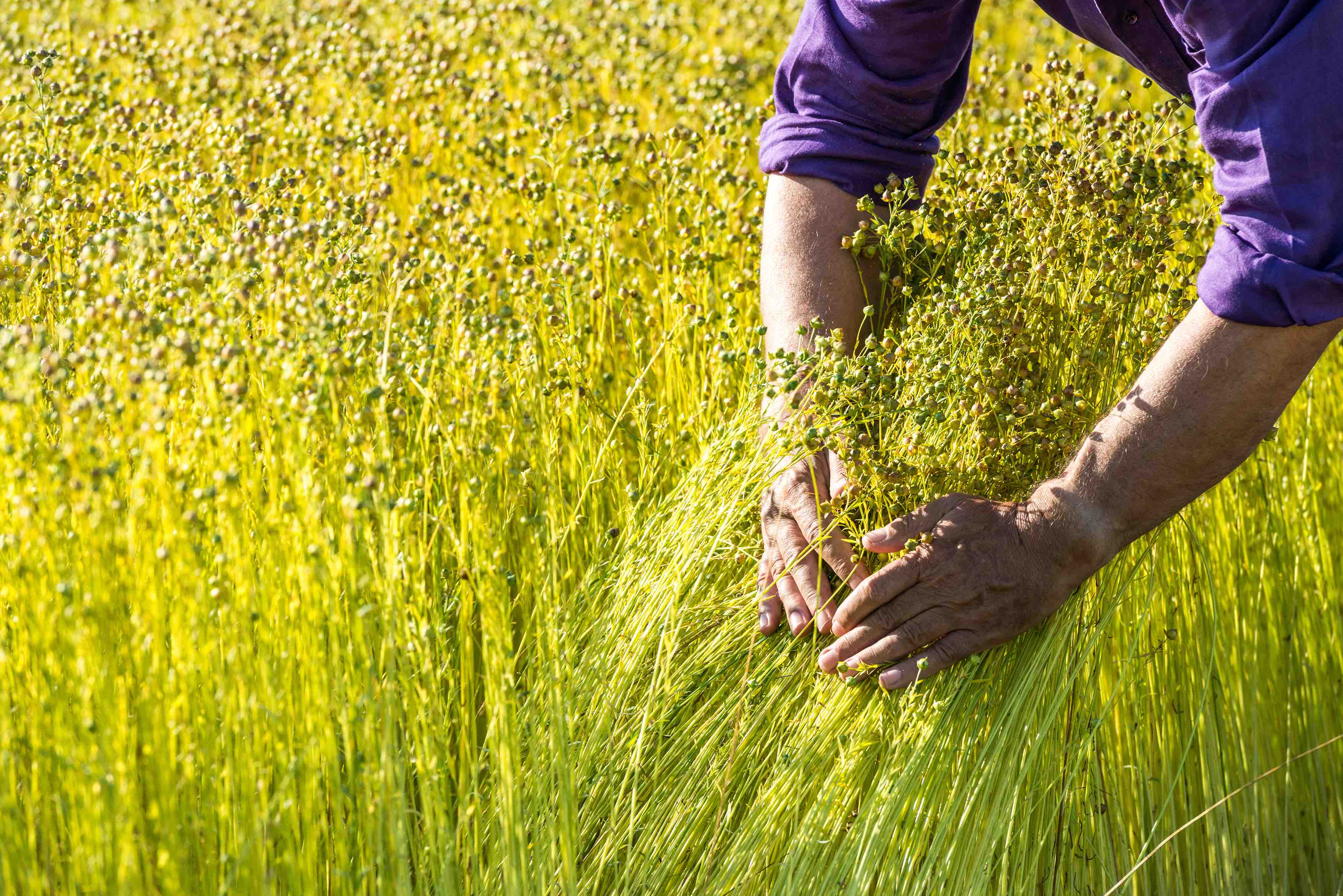
CELC is thus the first agro-industrial textile sector to measure its environmental impact according to these criteria and to provide partners with reliable data for assessing the impact of their products made of European flax/linen fibre. This also helps solidify the position of European Flax® as a responsible fibre. […]
The LCA according to the PEF method : a single, accurate and reliable method
Recognised by the European Union and its member states, the PEF (Product Environmental Footprint) is a method for measuring the environmental performance of products based on life cycle assessment (LCA). Its goal? To create an accurate, reliable framework for a reproducible environmental assessment that allows for product comparison.
The PEF looks at 16 impact categories, from climate change to resource use, water use, acidification, freshwater ecotoxicity, ozone depletion, etc., to arrive at a single score.
A work in progress, the PEF is gradually being expanded to include industry-specific approaches: this is already the case for the Apparel & Footwear sectors, the rules for which (PEFCR Apparel & Footwear) will be finalised in 2023. These sector-specific approaches complement the overall PEF method and allow product comparison.
A study that meets all PEF requirements
European Flax®, grown in Western Europe, accounts for 80% of global production and is a market leader. This natural and vegetal fibre is particularly committed to sustainability, with responsible cultivation methods, crop rotation and no GMO, no defoliant, no irrigation (barring exceptional circumstances). Moreover, the fibre is extracted using a 100% mechanical, zero- waste process (scutching) that utilises 100% of the plant.
This LCA study, commissioned by CELC, helps measure the effects of these responsible practices in terms of environmental impact and generate high-quality, reliable data that is representative of long scutched European Flax® fibre grown and scutched in France, Belgium, and the Netherlands. […]
Initial result are already available, to be followed by new analyses in 2022
The quality of the final data was rated 1.6. This corresponds to a “very high quality” ranking on a scale from 1 (excellent) to 5 (mediocre).
This LCA is currently in a non-comparative format due to the lack of PEF data on other fibres or products, and also because it is up to brands and consumers to make comparisons and take decisions. Moreover, this data constitutes the initial elements of a mechanism covering the entire life cycle of European flax/linen. Additional studies of the processing stages will be conducted in order to calculate the average LCA of European flax/linen products: yarns, fabrics, knits, etc.These datasets, from flax fibre to its uses, will soon benefit from the latest developments in PEF methodology and data, which will be available mid of 2022.
Read the full press release on European Flax
